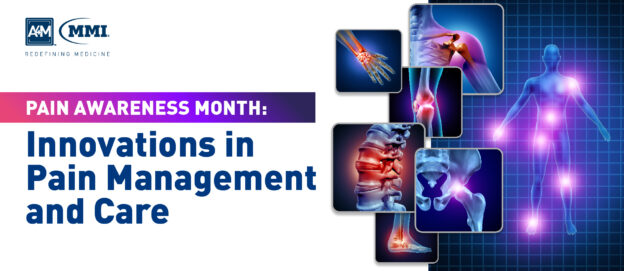(Part 1)
Marking the official commencement of the Fall/Winter 2024 conference season, the A4M September Symposium in Los Angeles, CA, gathered the brightest minds and influential voices in functional, anti-aging medicine. From September 19-21, eager practitioners converged at the buzzing L.A. Live complex, ready to immerse themselves in four of A4M’s most sought-after courses:
The Endocrine Balance and Bio-Identical Hormone Restoration Symposium
Fertility Certification Course
The Future of Pediatric Medicine
Peptide Therapy Certification: Module II
Three full days of cutting-edge education encompassed 85+ hours of impactful sessions across these courses, diving into pioneering ideas and clinical strategies. This extensive learning opportunity allowed attendees to explore a diverse curriculum offering the latest research-based practical strategies and clinical insights from A4M’s exclusive faculty of specialty experts, researchers, and renowned educators. The LA Symposium provided a platform for collaborative learning, discovery, industry connections, and innovative solutions for practice enhancement.



